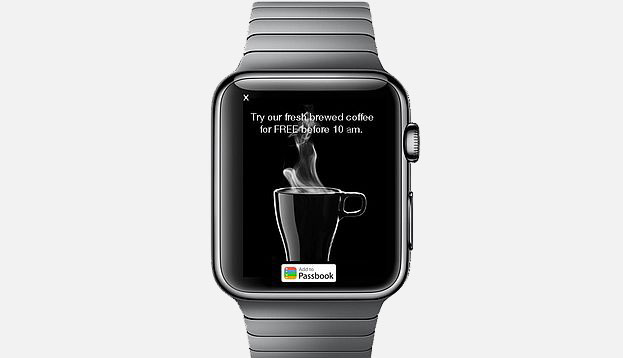There is a saying in Silicon Valley that “any bet against the Internet is a bad bet.” In the last decade, you could exchange Apple for Internet in that sentence. In my previous article about the Apple Watch when it was first introduced, I pointed to the promise of this device to drive mass adoption of wearables.
While the Apple watch is not cheap, its basic version is cheaper than an iPhone or an iPad and no one today would question that those devices are increasingly important advertising vehicles. Reports project 20 million Apple Watches to be sold in the first year, dwarfing previous smart watches like Pebble, the first smartwatch to launch, which has sold around 1 million copies in its two years on the market.
So if wearables really take off next month when the Apple Watch will become available for purchase in 9 countries, how should marketers respond Should you stand by the sidelines or get in on the action right away
Certainly brands with an already high presence in mobile media have the potential to amplify their mobile campaigns in what’s poised to be the most personal media channel yet. That should be something that’s of interest to gaming and lifestyle apps such as those that enhance your diet habits, workouts and maybe also dating apps.
But perhaps the category with the most potential for advertising success on the Apple Watch is messaging apps. In the US alone, 23 percent of smartphone users use IM services as opposed to text messages or SMS, but messaging app use is much more mature in other countries like Spain, Singapore and South Korea, where these apps are the dominant form of communication on mobile.
On the [a]listdaily we have already noted that brands have started to embrace Emojis to do branding and marketing on the many messenging apps popular with Gen Z. Brands like Taco Bell, IKEA and Mentos have all gotten in on the action. If they want to stand out, it’s not a long step towards doing something similar on Apple Watch.
We have also seen hotels, airlines and other travel and hospitality brands get in on the action. It’s a great way to appeal to tech enthusiasts, high-end travelers and early adopters if those categories index high on your list of (potential) customers.
Another aspect of the Apple Watch is the degree to which it (potentially) could analyze user data such as pulse and other things and for example target ads based on if the user is resting or exercising or stressed.
These opportunities also present a new set of challenges when it comes to privacy and how users will react to this kind of targeting. However, these challenges will be worked out eventually and the Apple Watch and wearables in general will be an exciting new frontier for marketer where the players who figure out how to navigate this new technology first most certainly will see a high payoff.

